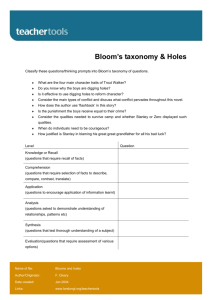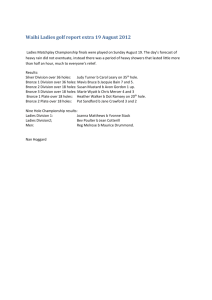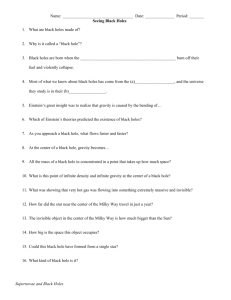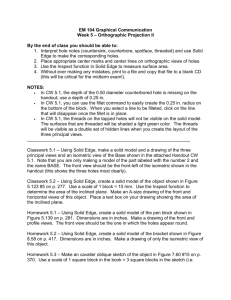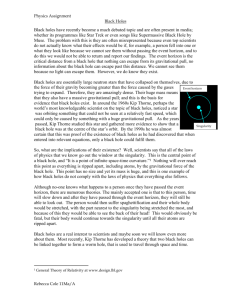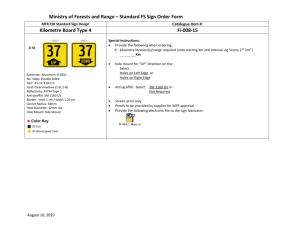Gel diffusion test for D
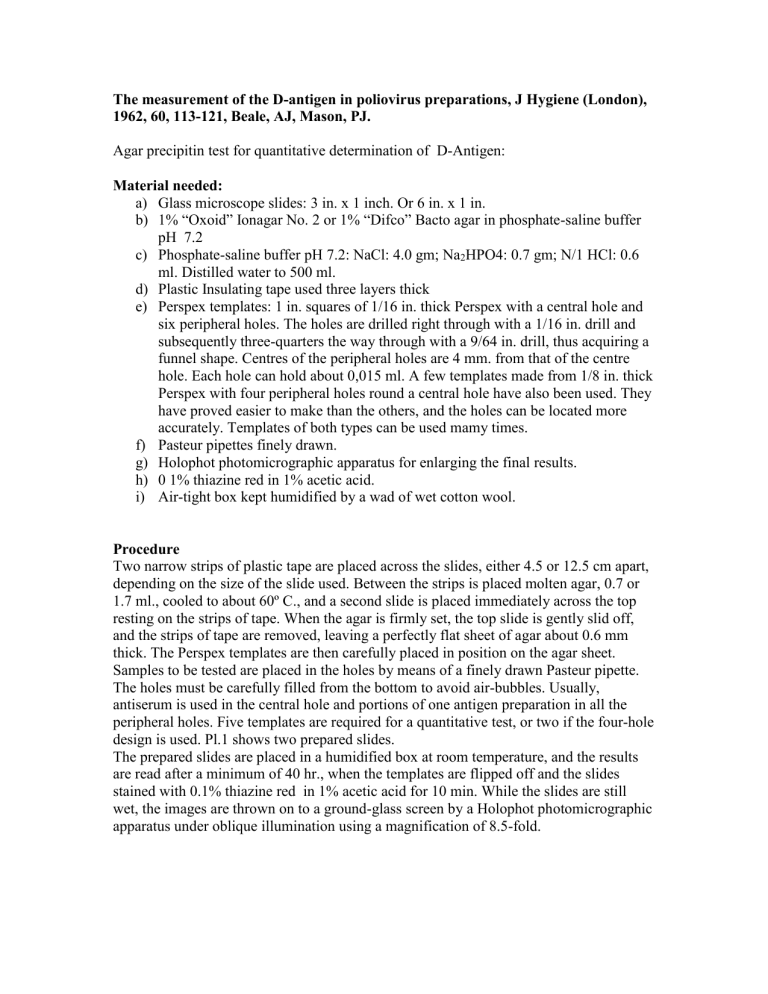
The measurement of the D-antigen in poliovirus preparations, J Hygiene (London),
1962, 60, 113-121, Beale, AJ, Mason, PJ.
Agar precipitin test for quantitative determination of D-Antigen:
Material needed: a) Glass microscope slides: 3 in. x 1 inch. Or 6 in. x 1 in. b)
1% “Oxoid” Ionagar No. 2 or 1% “Difco” Bacto agar in phosphate-saline buffer pH 7.2 c) Phosphate-saline buffer pH 7.2: NaCl: 4.0 gm; Na
2
HPO4: 0.7 gm; N/1 HCl: 0.6 ml. Distilled water to 500 ml. d) Plastic Insulating tape used three layers thick e) Perspex templates: 1 in. squares of 1/16 in. thick Perspex with a central hole and six peripheral holes. The holes are drilled right through with a 1/16 in. drill and subsequently three-quarters the way through with a 9/64 in. drill, thus acquiring a funnel shape. Centres of the peripheral holes are 4 mm. from that of the centre hole. Each hole can hold about 0,015 ml. A few templates made from 1/8 in. thick
Perspex with four peripheral holes round a central hole have also been used. They have proved easier to make than the others, and the holes can be located more accurately. Templates of both types can be used mamy times. f) Pasteur pipettes finely drawn. g) Holophot photomicrographic apparatus for enlarging the final results. h) 0 1% thiazine red in 1% acetic acid. i) Air-tight box kept humidified by a wad of wet cotton wool.
Procedure
Two narrow strips of plastic tape are placed across the slides, either 4.5 or 12.5 cm apart, depending on the size of the slide used. Between the strips is placed molten agar, 0.7 or
1.7 ml., cooled to about 60º C., and a second slide is placed immediately across the top resting on the strips of tape. When the agar is firmly set, the top slide is gently slid off, and the strips of tape are removed, leaving a perfectly flat sheet of agar about 0.6 mm thick. The Perspex templates are then carefully placed in position on the agar sheet.
Samples to be tested are placed in the holes by means of a finely drawn Pasteur pipette.
The holes must be carefully filled from the bottom to avoid air-bubbles. Usually, antiserum is used in the central hole and portions of one antigen preparation in all the peripheral holes. Five templates are required for a quantitative test, or two if the four-hole design is used. Pl.1 shows two prepared slides.
The prepared slides are placed in a humidified box at room temperature, and the results are read after a minimum of 40 hr., when the templates are flipped off and the slides stained with 0.1% thiazine red in 1% acetic acid for 10 min. While the slides are still wet, the images are thrown on to a ground-glass screen by a Holophot photomicrographic apparatus under oblique illumination using a magnification of 8.5-fold.
The distance between the leading edge of each precipitin line and the centre of the antiserum is measured in millimetres, and an average figure is obtained for each template .
The final result is taken as the mean of five (or two four-hole) templates.


